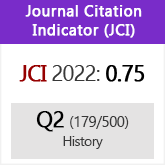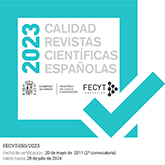Dos procesos dinásticos paralelos en la década de 1520 Carlos V y su hermano Fernando I
DOI:
https://doi.org/10.3989/hispania.2000.v60.i206.538Keywords:
Empire, Dinaty, Charles V, Ferdinad IAbstract
Up to 1520, Charles had fulfilled the first stage of his dynastic process: the attainment of nearly all his patrimonial heritage. The second stage, the preservation of this great empire, proved a difficult one, so from 1522 the emperor transferred some parts of his own patrimony and rights to his brother Ferdinand. The latter created his own dynastic patrimony, made up of a part of his German territories, Austria, the hereditary crowns of Bohemia and Hungary and finally the rights over the empire. The third stage, the establishment of an heir to secure the dynastic process, was initiated as early as 1525. Charles in fact decided he needed two heirs: a son of his own for his patrimonial possessions, and his brother Ferdinand for the empire. The attainment of both aims, without establishing which of them was the main one, followed a single path, but with two different aims. Fundamental in this third process were the arrangements for the imperial wedding, its celebration in Seville in 1526, the pregnancy of Isabel de Portugal in Granada in the same year, and the birth of an heir in Valladolid in 1527. The main goal in this process, the imperial coronation in Rome and the election of Ferdinand as king of Romans, were postponed due to the historical events and were fulfilled in 1530 and 1531, concluding the third stage in the dynastic course of the emperor Charles V.
Downloads
Download data is not yet available.
Downloads
Published
2000-12-30
How to Cite
Vilar Sánchez, J. A. (2000). Dos procesos dinásticos paralelos en la década de 1520 Carlos V y su hermano Fernando I. Hispania, 60(206), 835–852. https://doi.org/10.3989/hispania.2000.v60.i206.538
Issue
Section
Monographies
License
Copyright (c) 2019 Consejo Superior de Investigaciones Científicas (CSIC)

This work is licensed under a Creative Commons Attribution 4.0 International License.
© CSIC. Manuscripts published in both the printed and online versions of this Journal are the property of Consejo Superior de Investigaciones Científicas, and quoting this source is a requirement for any partial or full reproduction.All contents of this electronic edition, except where otherwise noted, are distributed under a “Creative Commons Attribution 4.0 International” (CC BY 4.0) License. You may read here the basic information and the legal text of the license. The indication of the CC BY 4.0 License must be expressly stated in this way when necessary.
Self-archiving in repositories, personal webpages or similar, of any version other than the published by the Editor, is not allowed.














